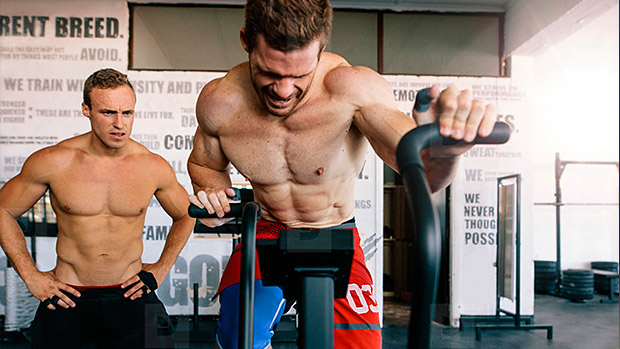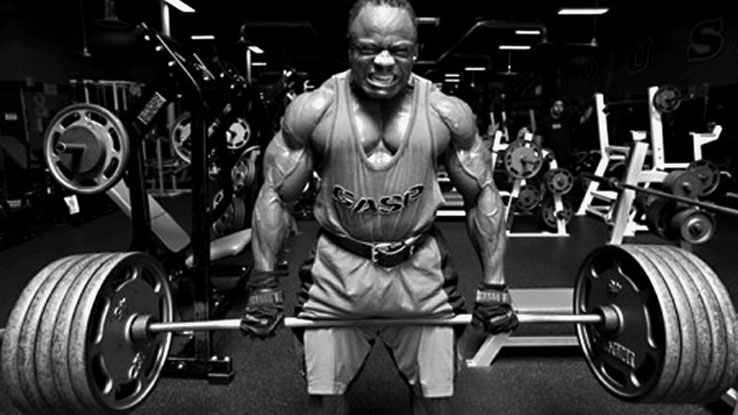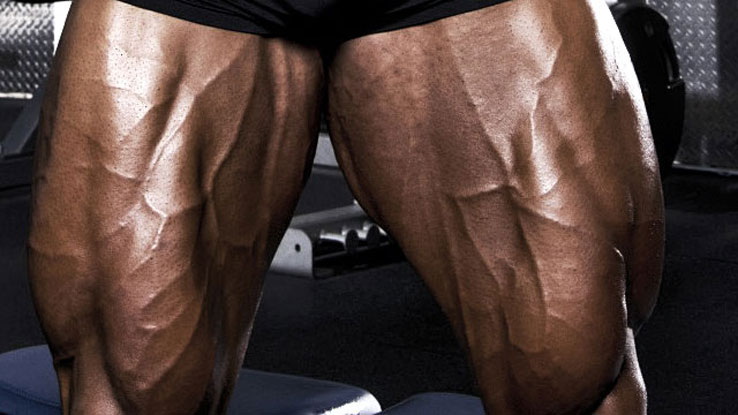Lifters are often confused about whether or not to do "cardio." Sometimes they think they should do it because it's good for them, and other times they think they should do it to keep lean. And they sure wouldn't mind if cardio increased their work capacity, but then again, they think that it might negate any gains in muscle size.
Just thinking about it makes a lifter's head hurt.
There's an answer, though. A new study in the Journal of Physiology suggests that brief HIIT exercise, performed in a specific way, can duplicate many of the physiological benefits of endurance training without whittling away muscle.
This precise method of HIIT training also causes the creation of new mitochondria, which is a huge bonus for lifters.
Researchers recruited 12 experienced male cyclists. They then withdrew blood samples and dug out tiny pieces of muscle from their thighs for analysis. The cyclists then participated in three separate workouts on three separate days:
- The first workout involved riding a stationary bike for 50 minutes at a moderate pace (70% of VO2 max).
- The second workout involved riding a stationary bike as hard as they could for 5 seconds and then pedaling slowly (recovery) for 30 seconds, a task they repeated 18 times.
- The third workout involved riding a stationary bike as hard as they could for 20 seconds and then peddling slowly (recovery) for 2 minutes, a task they repeated 6 times.
Additional muscle and blood samples were taken right after exercise and again three hours later.

The cyclists expended about the same amount of energy in performing both the second and third workout protocols (the two HIIT workouts), even though the 20-second interval workouts added up to more total time at peak intensity (120 seconds) than the 5-second interval workouts (90 seconds).
However, the 20-second interval workouts had an unexpected benefit: They stimulated greater increases in epinephrine and lactate, which led to higher levels of PGC-1alpha, a protein that plays a role in the production of new mitochondria.
While the 5-second interval workouts showed some benefit, the results paled in comparison to the 20-second workouts. The 50-minute endurance workouts also led to an increase in PGC-1alpha, but it was mainly from the depletion of glycogen rather than increase in epinephrine and lactate.
Doing 7 bouts of very short interval (20 seconds, in this case), balls-out exercise, each followed by 2-minute, slow-peddling recovery sessions, duplicates many of the benefits of endurance exercise.
Furthermore, it leads to the production of new mitochondria, which are cellular constituents that pump protons across a membrane to generate electrical charges that are equivalent to the power, over a few nanometers, of a bolt of lighting.
(Because of these mitochondria, your body is gram for gram generating 10,000 times more energy than the sun, even when you're sitting comfortably.)
From an athletic perspective, increasing the number of mitochondria in your muscle cells could lead to huge improvements in strength endurance that don't decline with the passing of years.
And perhaps most importantly, at least to the fragile psyche of the average lifter, these short, 20-second HIIT workouts won't negate the effects of your weight workouts. They're too short to "whittle" away any muscle, and they're not sufficiently draining to dip into your recovery abilities.
Custom suggests you do this type of HIIT "cardio" workout after a weight training session, but there's really no valid reason why you couldn't do it before a weight training session as a good systemic warm-up.
- Fiorenza M et al. Metabolic stress-dependent regulation of the mitochondrial biogenic molecular response to high-intensity exercise in human skeletal muscle. J Physiol. 2018 Jul;596(14):2823-2840.




